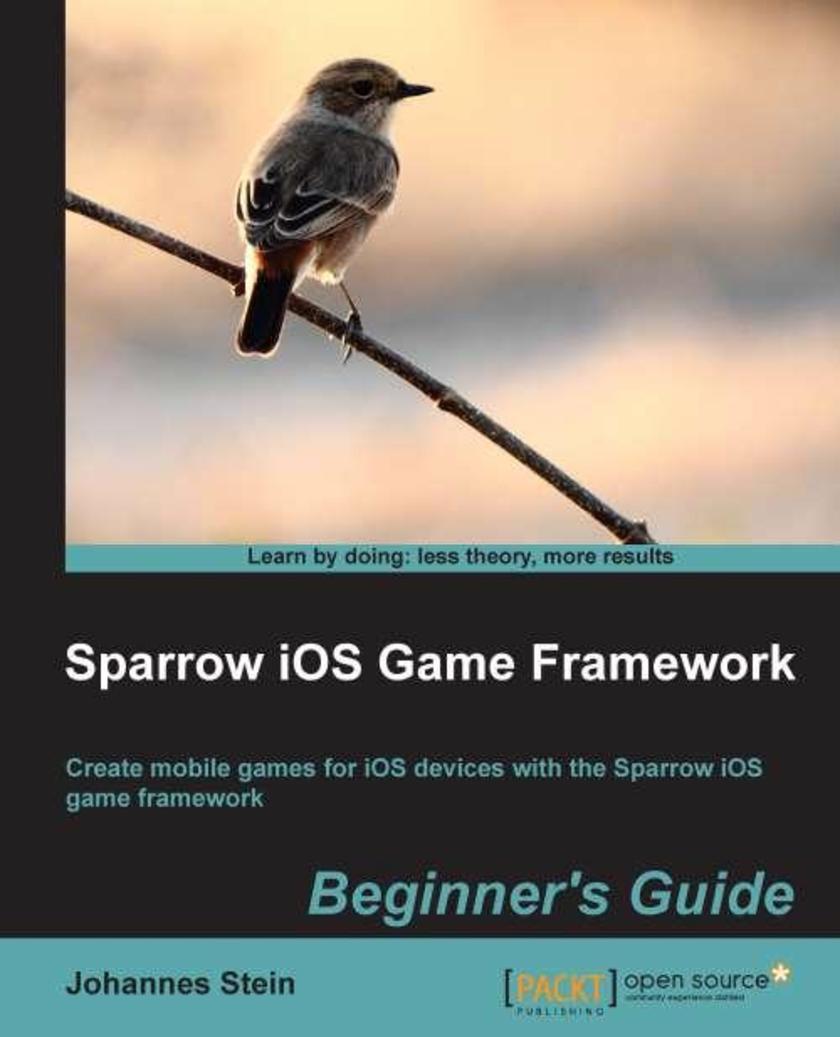
Sparrow iOS Game Framework Beginner's Guide
¥80.65
An easy-to-follow guide full of de*ive step-by-step procedures on how to develop a game for iOS. With each topic, a new challenge will be tackled to get a deeper knowledge of the Sparrow game framework and gain the skills to develop a complete mobile experience. This book is aimed at those who have always wanted to create their own games for iOS devices. Perhaps you've already dabbled in game development and want to know how to develop games for the Apple App Store, or maybe you have developed Objective-C apps in the past but you are new to game development. In either case, this book will help with de*ive examples and teach you to develop a game throughout its course. Some experience in Objective-C and a basic understanding of object-oriented programming are required.

jQuery for Designers Beginner's Guide: Second Edition
¥71.93
A step-by-step guide that spices up your web pages and designs them in the way you want using the most widely used JavaScript library, jQuery. The beginner-friendly and easy-to-understand approach of the book will help get to grips with jQuery in no time. If you know the fundamentals of HTML and CSS, and want to extend your knowledge by learning to use JavaScript, then this is just the book for you. jQuery makes JavaScript straightforward and approachable – you'll be surprised at how easy it can be to add animations and special effects to your beautifully designed pages.
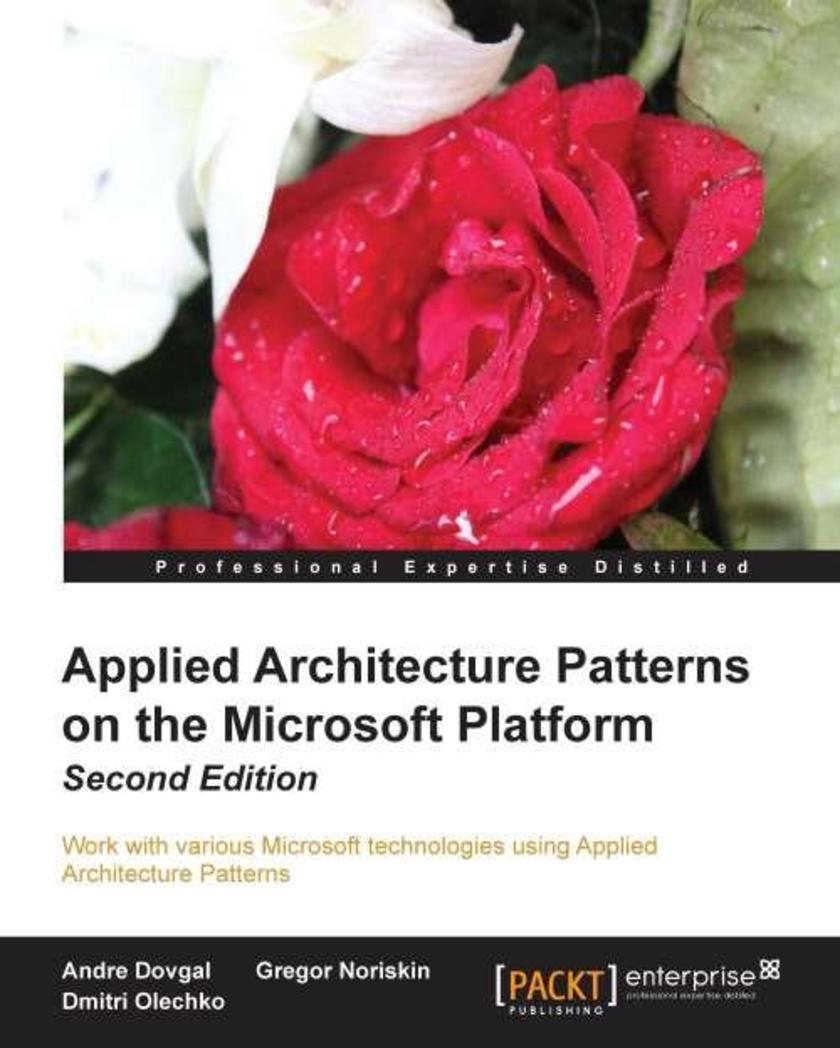
Applied Architecture Patterns on the Microsoft Platform - Second Edition
¥107.90
Presented in a scenario-driven tutorial way, we lead you through fictitious example problems and present you with the best solutions. This book is intended for architects, developers, and managers who need to improve their knowledge of the Microsoft application platform. This book will appeal to anyone, especially consultants, who want to get up to speed on selecting the most appropriate platform for a particular problem. A good understanding of the general Windows platform and development technologies would be helpful.
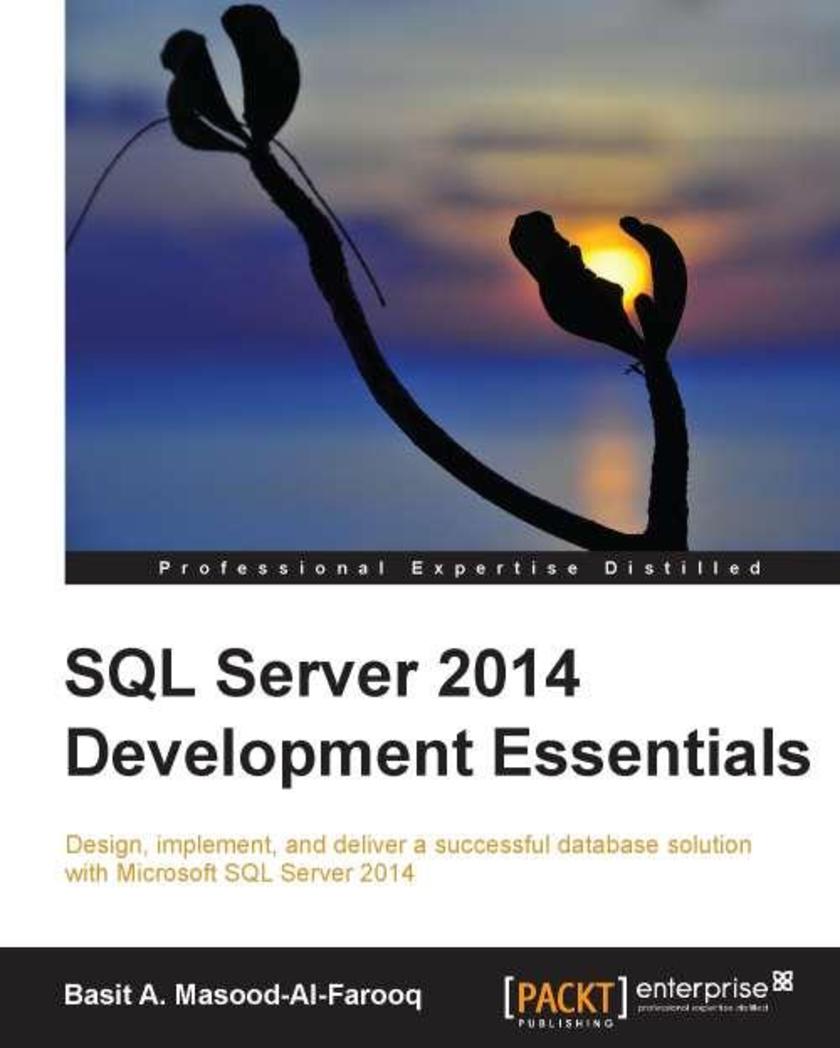
SQL Server 2014 Development Essentials
¥79.56
This book is an easy-to-follow, comprehensive guide that is full of hands-on examples, which you can follow to successfully design, build, and deploy mission-critical database applications with SQL Server 2014. If you are a database developer, architect, or administrator who wants to learn how to design, implement, and deliver a successful database solution with SQL Server 2014, then this book is for you. Existing users of Microsoft SQL Server will also benefit from this book as they will learn what's new in the latest version.

Kali Linux CTF Blueprints
¥65.39
Taking a highly practical approach and a playful tone, Kali Linux CTF Blueprints provides step-by-step guides to setting up vulnerabilities, in-depth guidance to exploiting them, and a variety of advice and ideas to build and customize your own challenges. If you are a penetration testing team leader or individual who wishes to challenge yourself or your friends in the creation of penetration testing assault courses, this is the book for you. The book assumes a basic level of penetration skills and familiarity with the Kali Linux operating system.

RESTful Java Web Services Security
¥59.94
A sequential and easy-to-follow guide which allows you to understand the concepts related to securing web apps/services quickly and efficiently, since each topic is explained and described with the help of an example and in a step-by-step manner, helping you to easily implement the examples in your own projects. This book is intended for web application developers who use RESTful web services to power their websites. Prior knowledge of RESTful is not mandatory, but would be advisable.
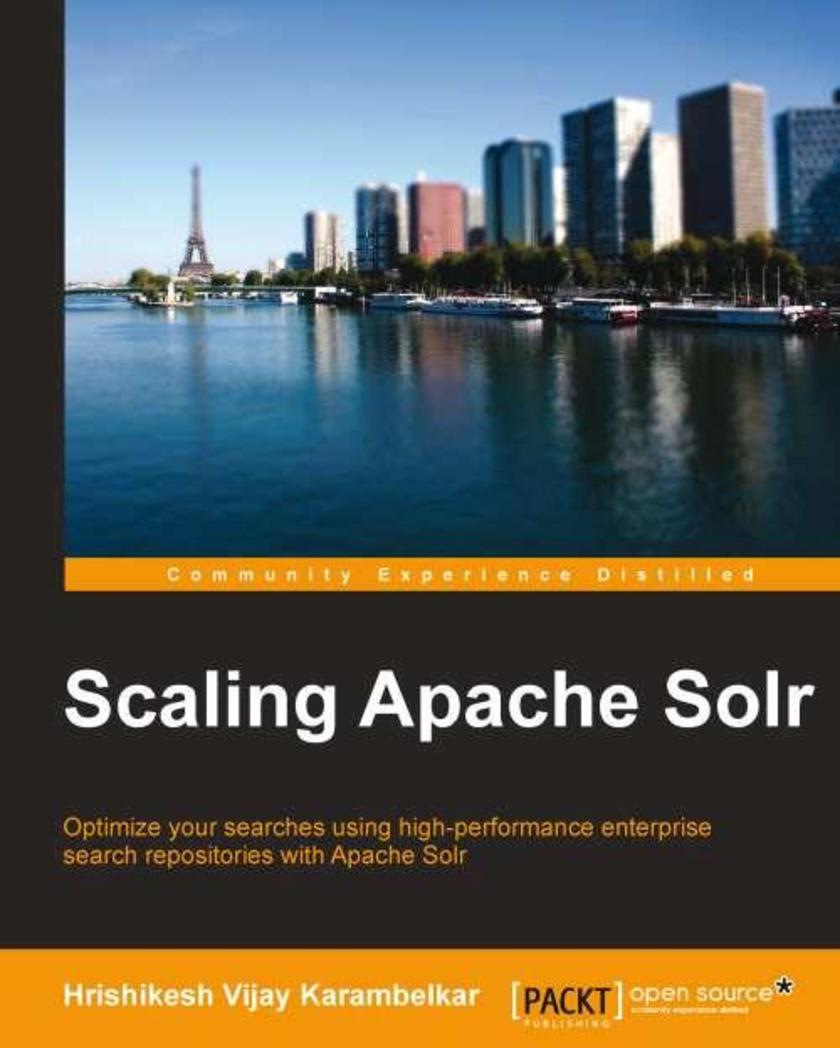
Scaling Apache Solr
¥79.56
This book is a step-by-step guide for readers who would like to learn how to build complete enterprise search solutions, with ample real-world examples and case studies. If you are a developer, designer, or architect who would like to build enterprise search solutions for your customers or organization, but have no prior knowledge of Apache Solr/Lucene technologies, this is the book for you.
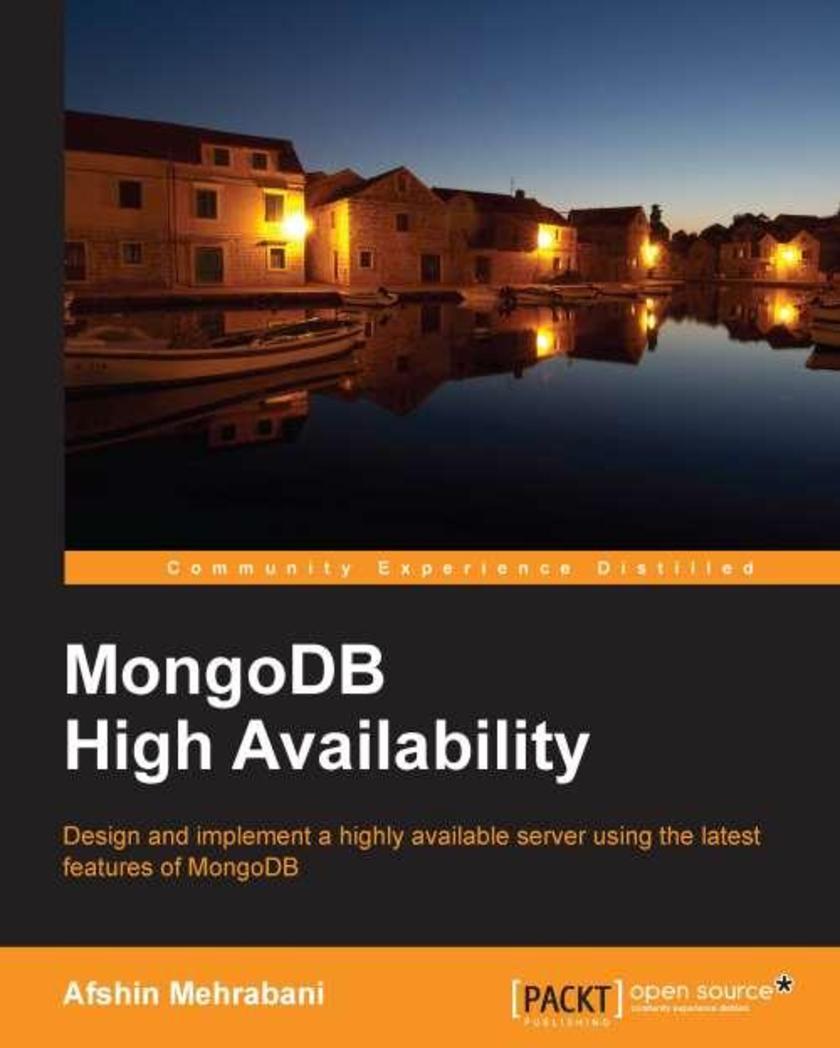
MongoDB High Availability
¥59.94
This book has a perfect balance of concepts and their practical implementation along with solutions to make a highly available MongoDB server with clear instructions and guidance. If you are using MongoDB in a production environment and need a solution to make a highly available MongoDB server, this book is ideal for you. Familiarity with MongoDB is expected so that you understand the content of this book.
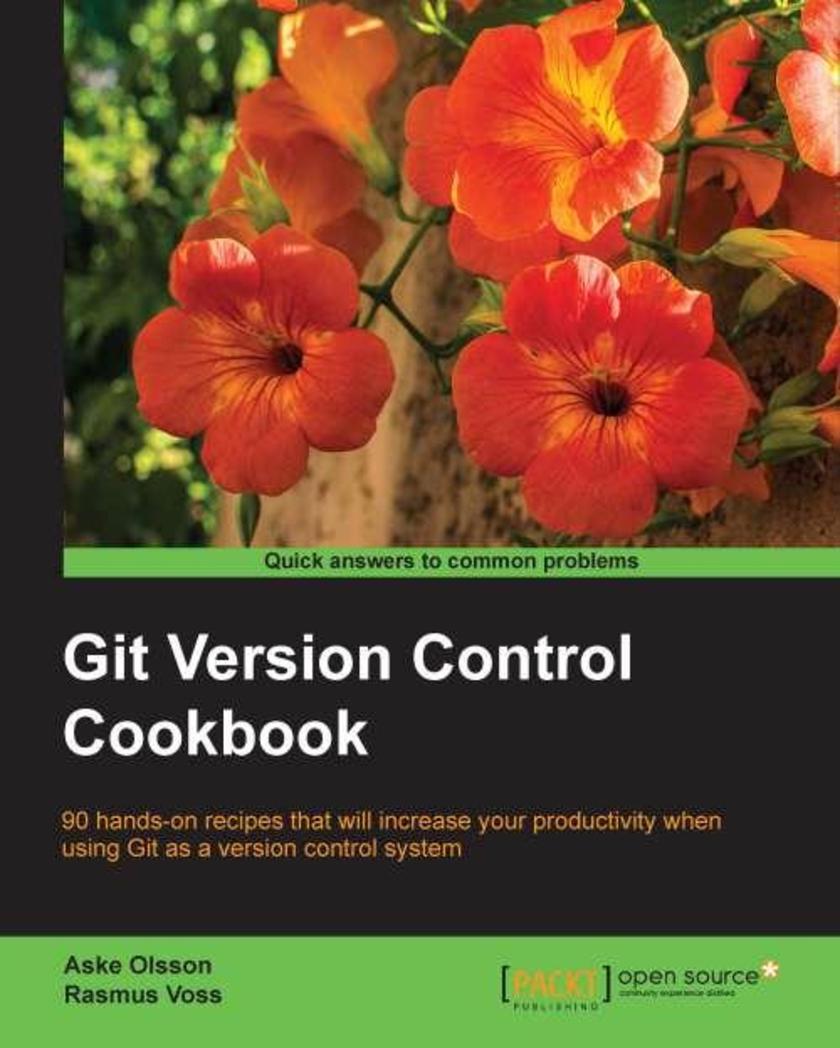
Git Version Control Cookbook
¥80.65
This practical guide contains a wide variety of recipes, taking you through all the topics you need to know about to fully utilize the most advanced features of the Git system. If you are a software developer or a build and release engineer who uses Git in your daily work and want to take your Git knowledge to the next level, then this book is for you. To understand and follow the recipes included in this book, basic knowledge of Git command-line code is mandatory.
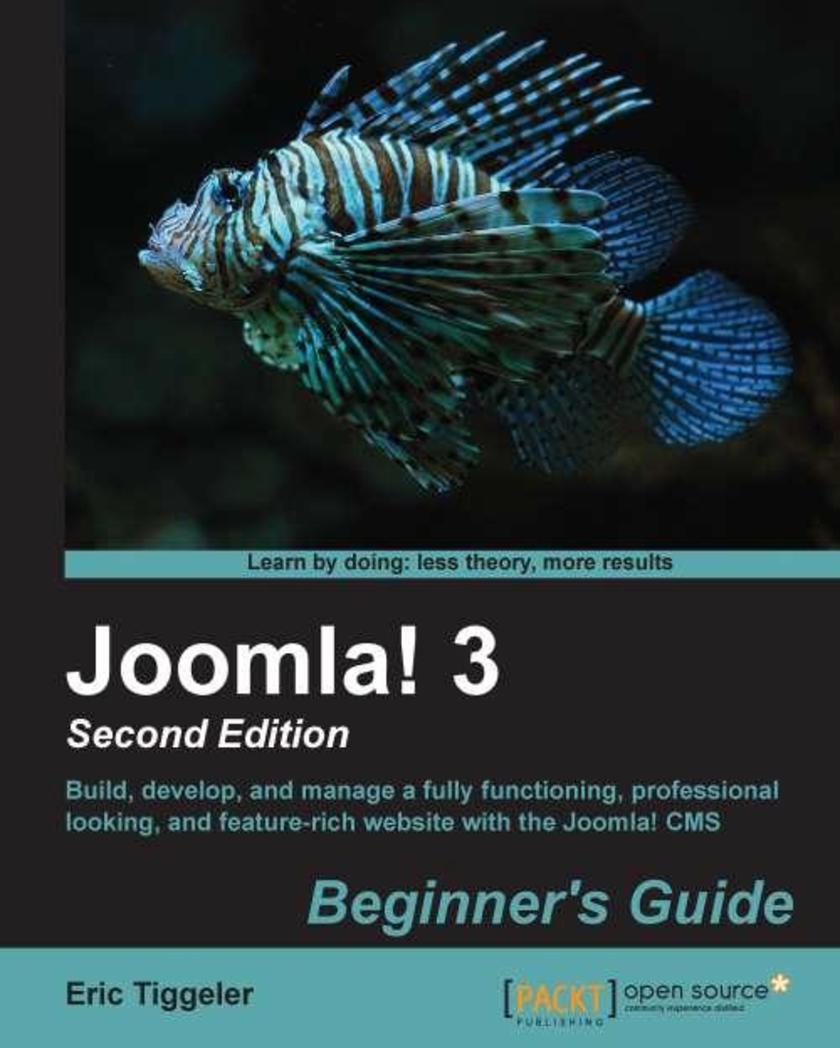
Joomla! 3 Beginner's Guide
¥90.46
An easy to use, step-by-step guide to creating professional, mobile-friendly websites with the free Joomla CMS. The Joomla! 3 Beginner's Guide Second Edition is the ultimate guide for web developers who wish to build upon their skills and knowledge on creating websites. Even if you’re new to this subject, you won’t have any difficulty understanding the clear and friendly instructions and explanations. No prior knowledge of HTML and CSS is required.
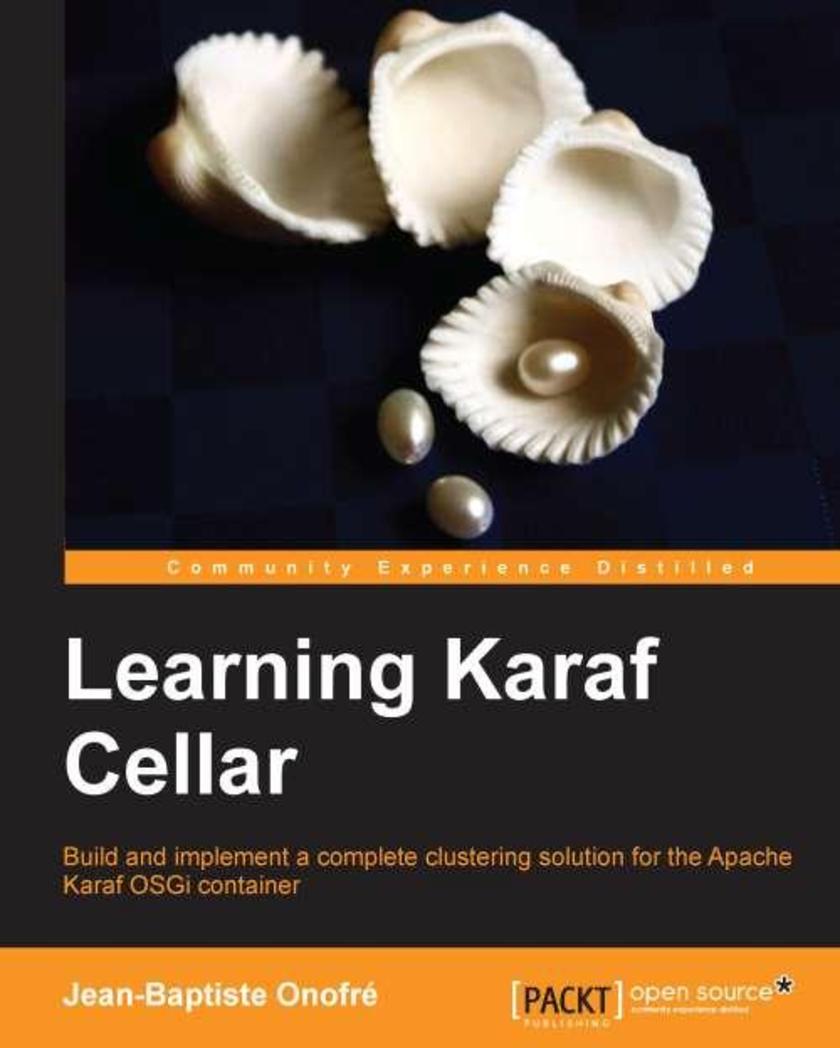
Learning Karaf Cellar
¥41.41
This book is a tutorial written with a step-by-step approach to help you implement an optimum clustering solution in Apache Karaf Cellar quickly and efficiently. If you are new to Karaf and want to install and manage multiple Karaf instances by farming or clustering, then this book is for you. If you are a Java developer or a system administrator with basic knowledge of Karaf, you can use this book as a guide. Some background knowledge of OSGi and/or Karaf would be preferred but is not mandatory.
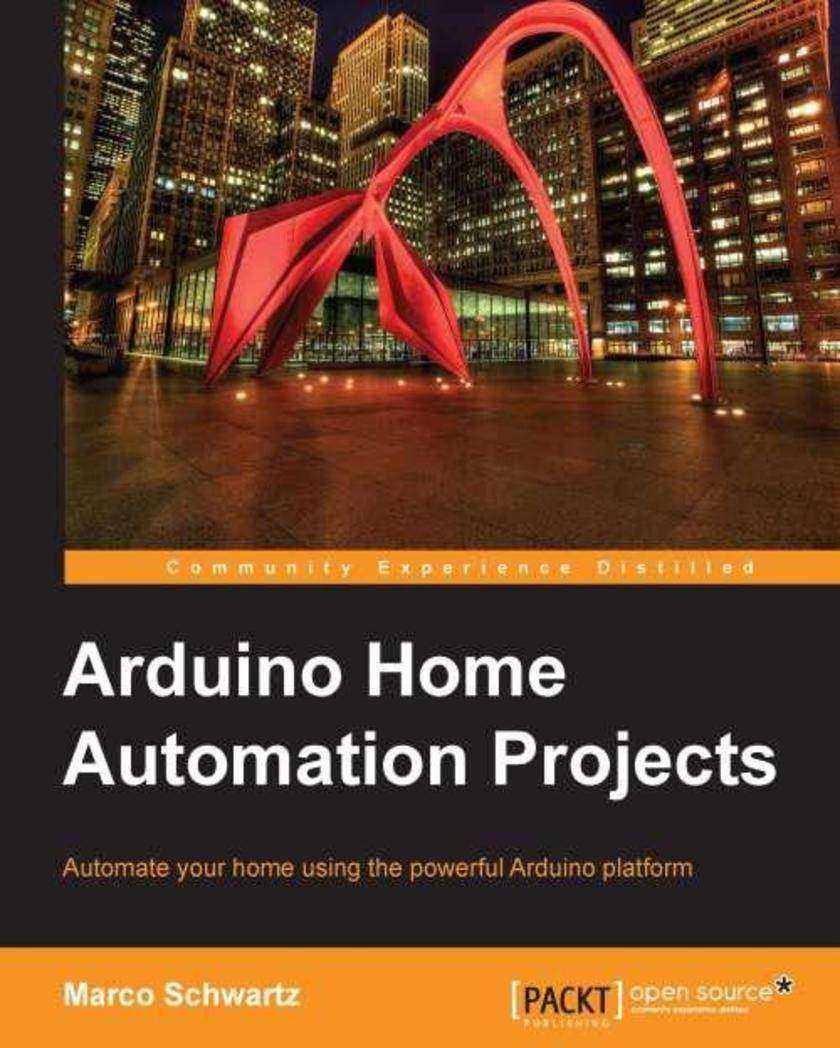
Arduino Home Automation
¥43.59
This book is divided into projects that are explained in a step-by-step format, with practical instructions that are easy to follow. If you want to build your own home automation systems wirelessly using the Arduino platform, this is the book for you. You will need to have some basic experience in Arduino and general programming languages, such as C and C++ to understand the projects in this book.
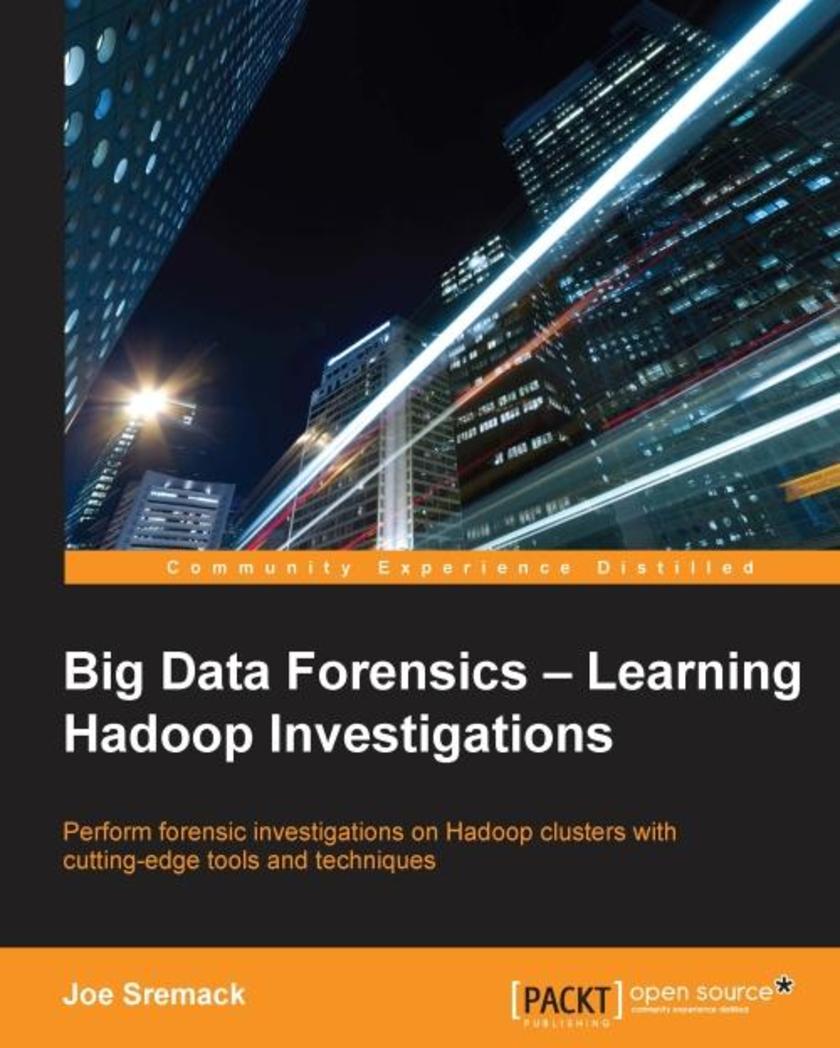
Big Data Forensics – Learning Hadoop Investigations
¥80.65
If you are an IT professional, law enforcement, legal professional, or a student interested in Big Data and forensics, this book is your hands-on guide for learning how to conduct Hadoop forensic investigations. Each topic and step in the forensic process is described in accessible language, and no prior experience is required.
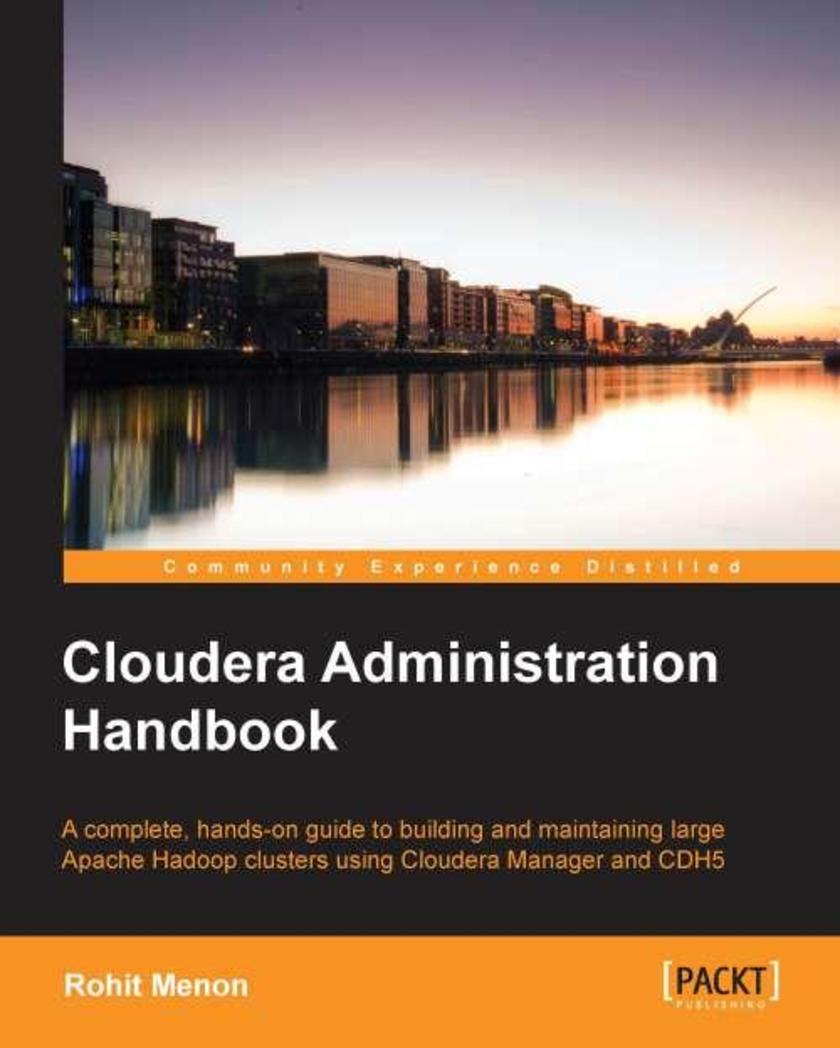
Cloudera Administration Handbook
¥99.18
An easy-to-follow Apache Hadoop administrator’s guide filled with practical screenshots and explanations for each step and configuration. This book is great for administrators interested in setting up and managing a large Hadoop cluster. If you are an administrator, or want to be an administrator, and you are ready to build and maintain a production-level cluster running CDH5, then this book is for you.
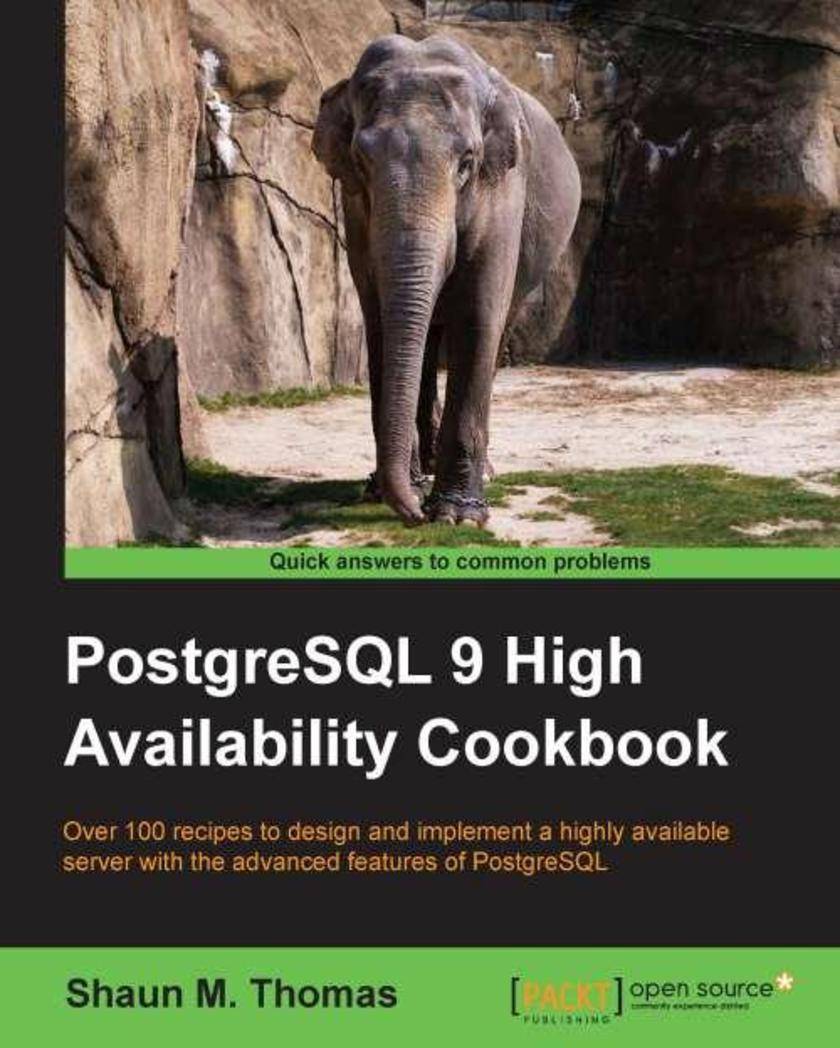
PostgreSQL 9 High Availability Cookbook
¥80.65
A comprehensive series of dependable recipes to design, build, and implement a PostgreSQL server architecture free of common pitfalls that can operate for years to come. Each chapter is packed with instructions and examples to simplify even highly complex database operations. If you are a PostgreSQL DBA working on Linux systems who want a database that never gives up, this book is for you. If you've ever experienced a database outage, restored from a backup, spent hours trying to repair a malfunctioning cluster, or simply want to guarantee system stability, this book is definitely for you.
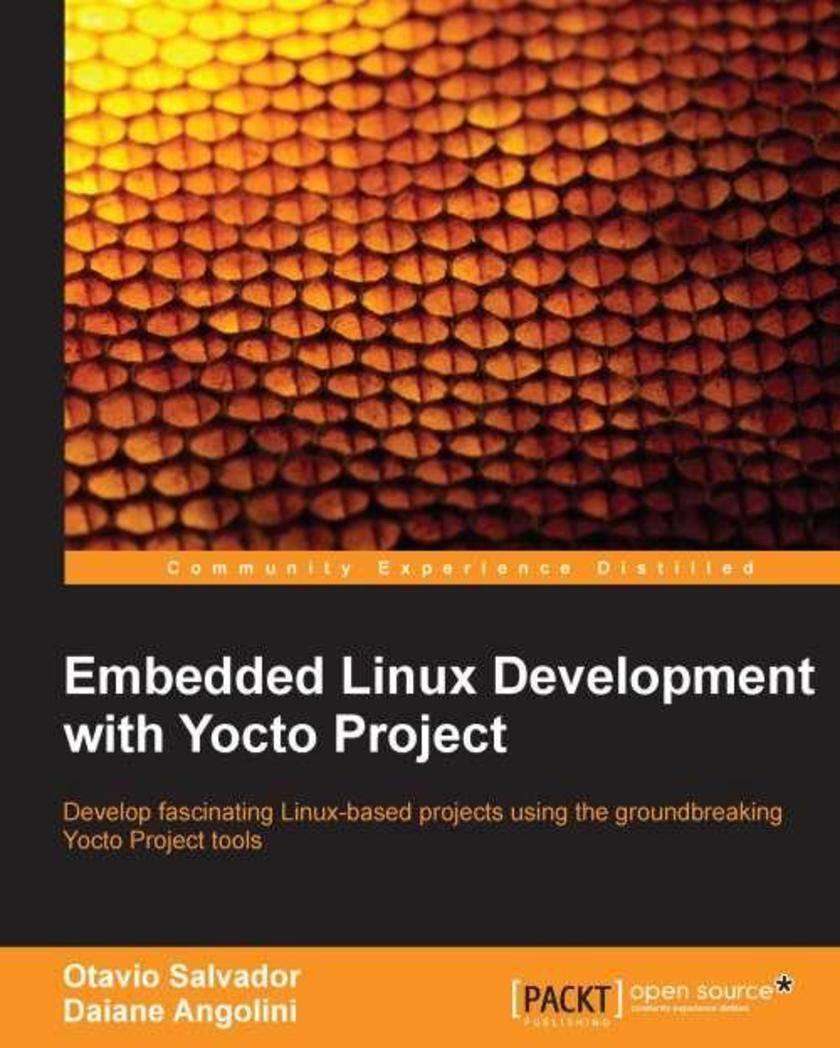
Embedded Linux Development with Yocto Project
¥45.77
A practical tutorial guide which introduces you to the basics of Yocto Project, and also helps you with its real hardware use to boost your Embedded Linux-based project. If you are an embedded systems enthusiast and willing to learn about compelling features offered by the Yocto Project, then this book is for you. With prior experience in the embedded Linux domain, you can make the most of this book to efficiently create custom Linux-based systems.
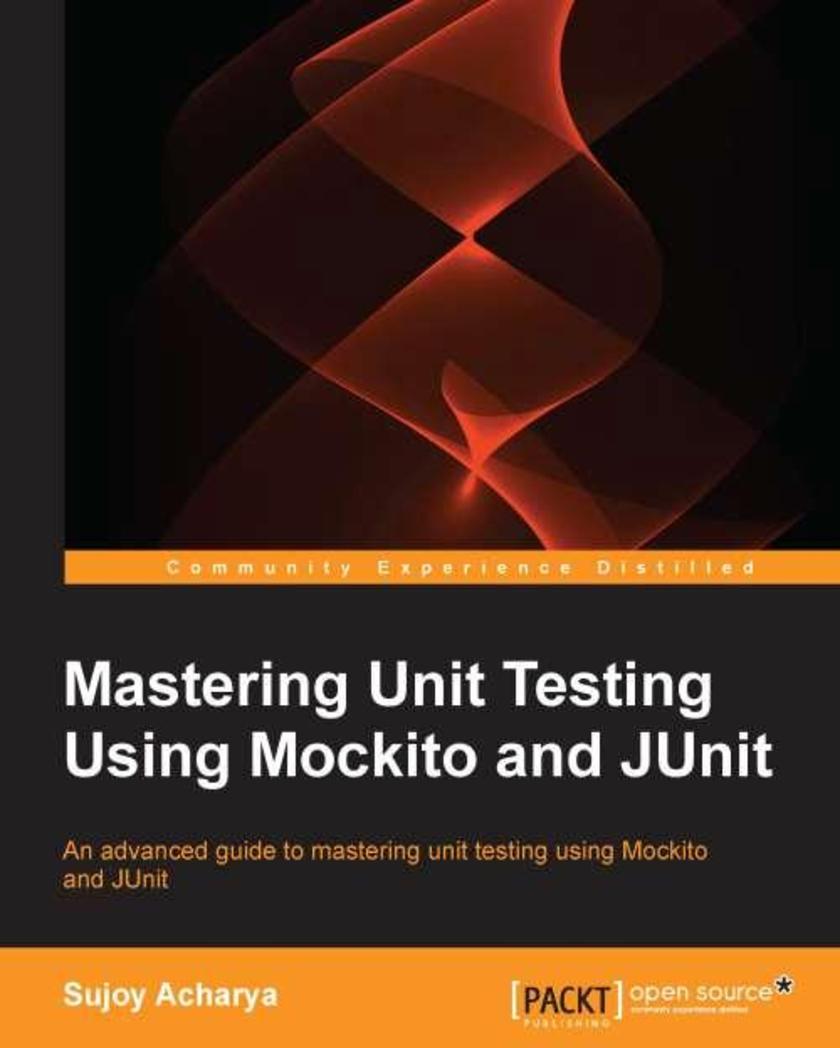
Mastering Unit Testing Using Mockito and JUnit
¥79.56
A practical and easy-to-follow, yet comprehensive, guide to learning advanced JUnit testing. Each topic is explained and placed in context, and for the more inquisitive, there are more details of the concepts used. This book is for you if you are a developer with some experience in Java application development as well as a basic knowledge of JUnit testing. But for those whose skill set is void of any prior experience with JUnit testing, the book also covers basic fundamentals to get you acquainted with the concepts before putting them into practise.
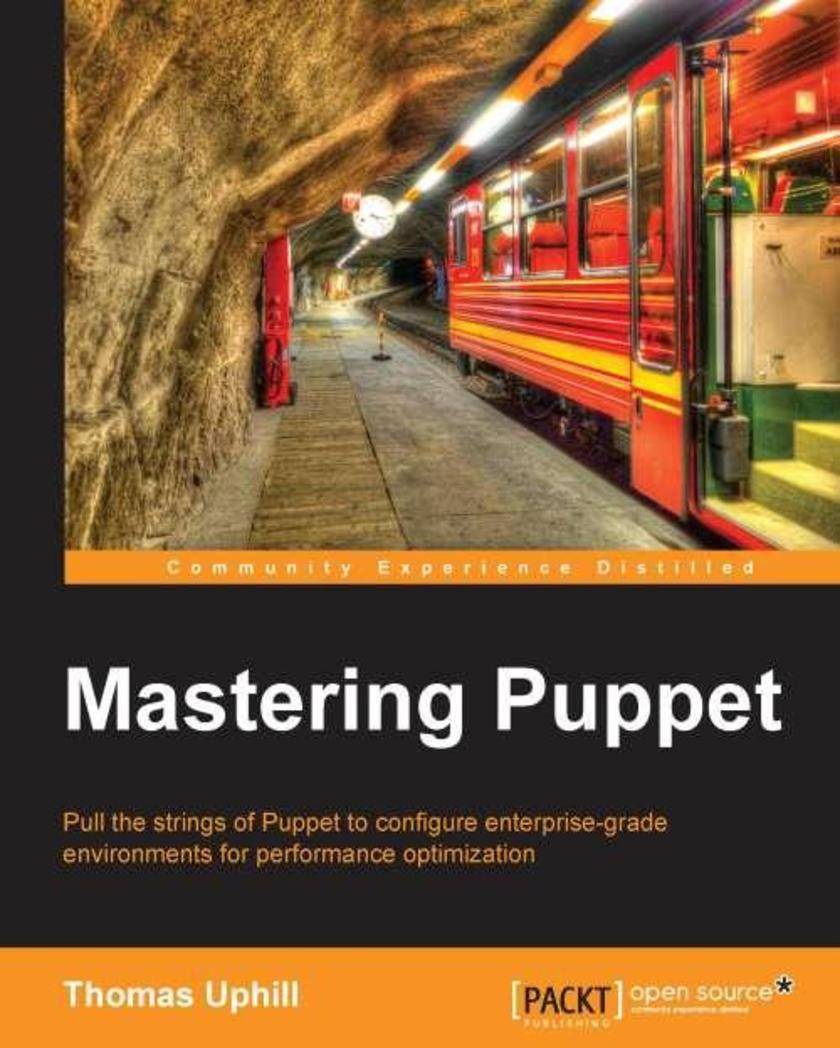
Mastering Puppet
¥79.56
Presented in an easy-to-follow, step-by-step tutorial format and packed with examples, this book will lead you through making the best out of Puppet in an enterprise environment. If you are a system administrator or developer who has used Puppet in production and are looking for ways to easily use Puppet in an enterprise environment, this book is for you. This book assumes an intermediate knowledge of Puppet and is intended for those writing modules or deploying Puppet in an enterprise environment.
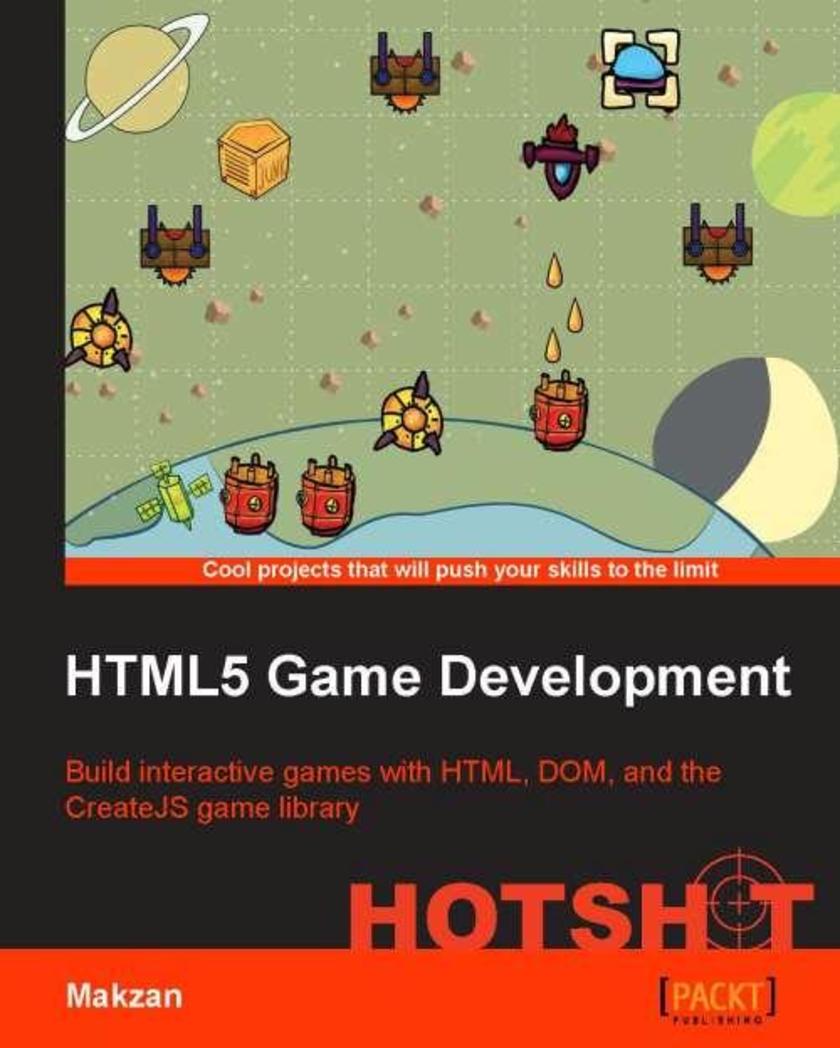
HTML5 Game Development Hotshot
¥80.65
With a wide range of projects to build, this step-by-step guide will give you all the tools you need to create a variety of games. Whether you are familiar with the basics of object-oriented programming concepts, are new to HTML game development, or are familiar with just web design, this project-based book will get you up and running in no time. It will teach and inspire you to create great interactive content on the Web.
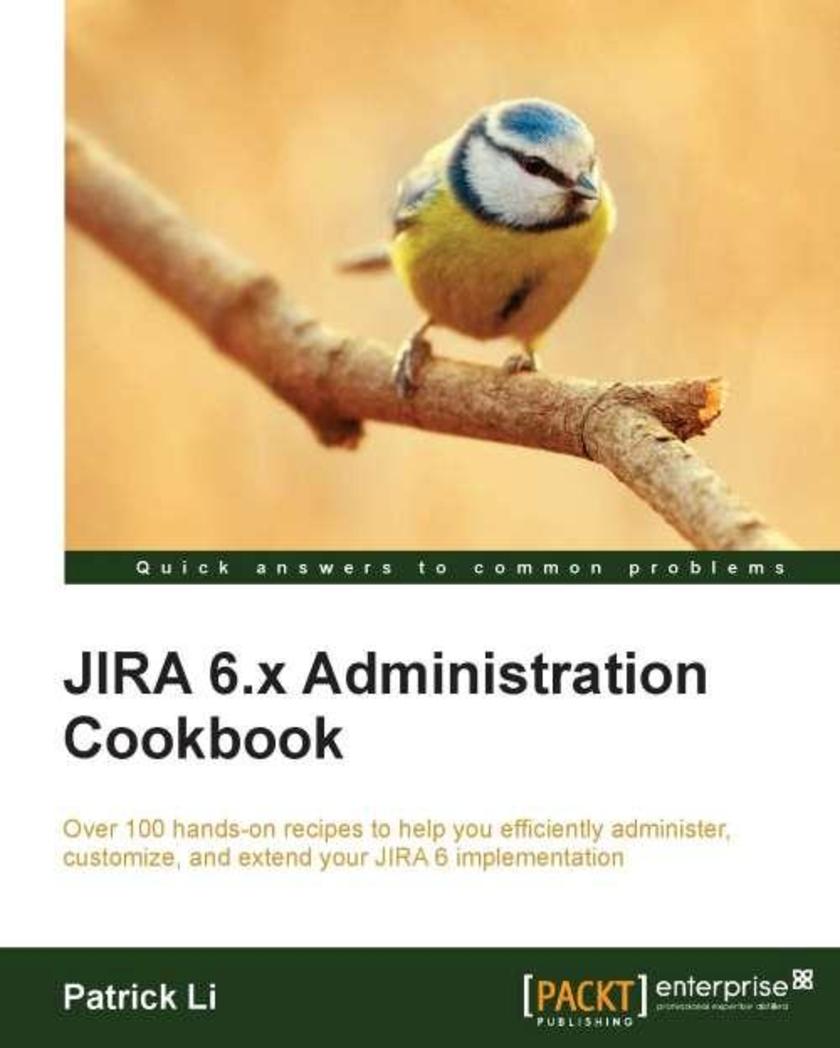
JIRA 6.x Administration Cookbook
¥90.46
A comprehensive guide, full of practical recipes with real-life JIRA administration challenges, solutions, and examples with illustrations from the actual application. If you are an administrator who will be customizing, supporting, and maintaining JIRA for your organization, this book is for you. Familiarity with the core concepts of JIRA is essential. For some recipes, basic understanding in HTML, CSS, and JavaScript will also be helpful.
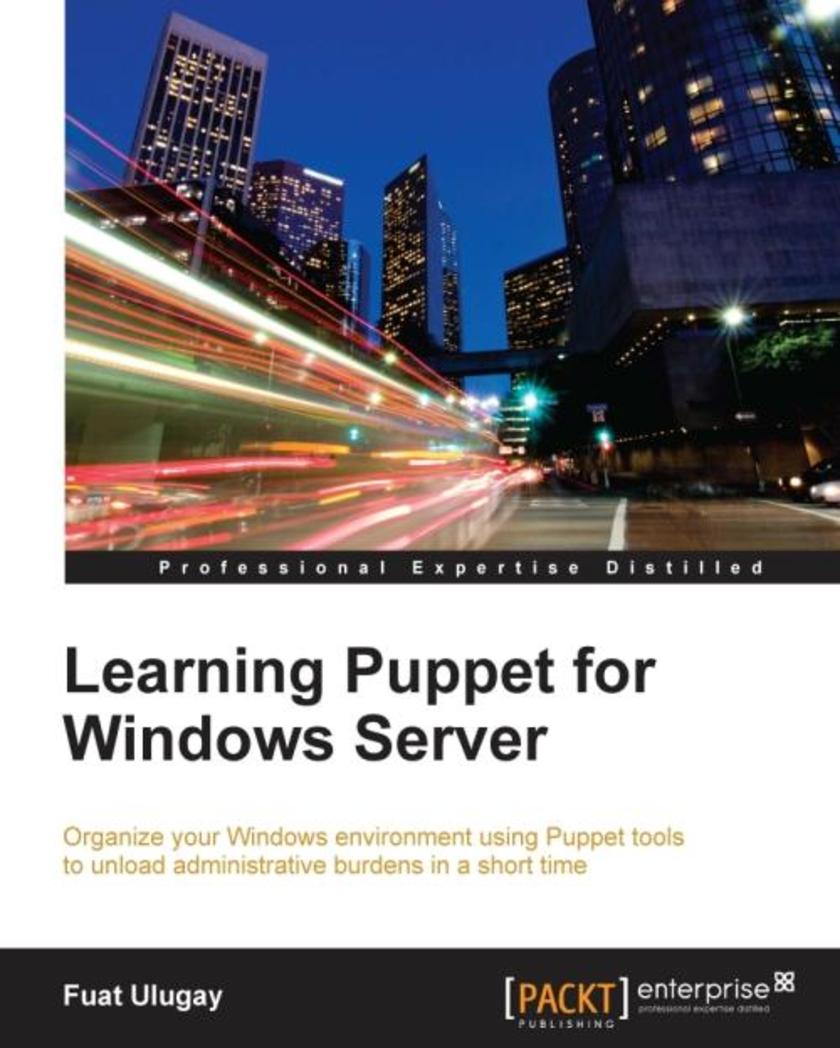
Learning Puppet for Windows Server
¥80.65
This book is for Windows administrators seeking to automate the management tasks of Windows servers and clients. Prior experience in Windows administration and a basic knowledge of Linux and Puppet will help you create wonders.




 购物车
购物车 个人中心
个人中心



